Expansion of the Automotive Sector
The expansion of the automotive sector significantly influences the Global Industrial Fabrics Market Industry. With the rise of electric vehicles and advancements in automotive technology, there is an increasing need for specialized fabrics that enhance vehicle performance and safety. Industrial fabrics are utilized in various applications, including interior upholstery, insulation, and safety features like airbags. This growing demand from the automotive industry is expected to contribute to the overall market growth, with the market projected to reach 96.2 USD Billion in 2024. The automotive sector's evolution suggests a dynamic future for industrial fabrics within the Global Industrial Fabrics Market Industry.
Increasing Environmental Awareness
The Global Industrial Fabrics Market Industry is witnessing a shift towards sustainable practices driven by increasing environmental awareness. Industries are increasingly seeking eco-friendly materials and processes to reduce their carbon footprint. Biodegradable and recyclable industrial fabrics are gaining traction, particularly in sectors such as agriculture and packaging. For instance, the use of biodegradable geotextiles in erosion control reflects this trend. As sustainability becomes a priority for manufacturers and consumers alike, the demand for environmentally friendly industrial fabrics is expected to rise, further shaping the landscape of the Global Industrial Fabrics Market Industry.
Growth in Infrastructure Development
Infrastructure development plays a crucial role in driving the Global Industrial Fabrics Market Industry. Governments worldwide are investing heavily in infrastructure projects, including roads, bridges, and buildings, which require high-performance fabrics for reinforcement and protection. For example, geotextiles are increasingly used in civil engineering applications to enhance soil stability and drainage. This growing focus on infrastructure is likely to propel the market forward, with projections indicating a market size of 292.7 USD Billion by 2035. The ongoing investments in infrastructure suggest a sustained demand for industrial fabrics, thereby reinforcing their importance in the Global Industrial Fabrics Market Industry.
Rising Demand for Technical Textiles
The Global Industrial Fabrics Market Industry experiences a notable surge in demand for technical textiles, which are engineered for specific performance characteristics. Industries such as automotive, aerospace, and construction increasingly utilize these fabrics for their durability and functionality. For instance, the automotive sector employs industrial fabrics for airbags and seat covers, enhancing safety and comfort. This trend is projected to contribute significantly to the market's growth, with the market size expected to reach 96.2 USD Billion in 2024. The emphasis on innovation and performance in textiles suggests a robust future for technical textiles within the Global Industrial Fabrics Market Industry.
Advancements in Manufacturing Technologies
Technological advancements in manufacturing processes are transforming the Global Industrial Fabrics Market Industry. Innovations such as 3D weaving and digital printing enable the production of complex fabric structures with enhanced properties. These technologies facilitate the creation of customized solutions tailored to specific industrial needs, thereby expanding the application range of industrial fabrics. As manufacturers adopt these advanced techniques, the market is poised for growth, with a projected CAGR of 10.64% from 2025 to 2035. The integration of cutting-edge technologies in fabric production indicates a promising trajectory for the Global Industrial Fabrics Market Industry.
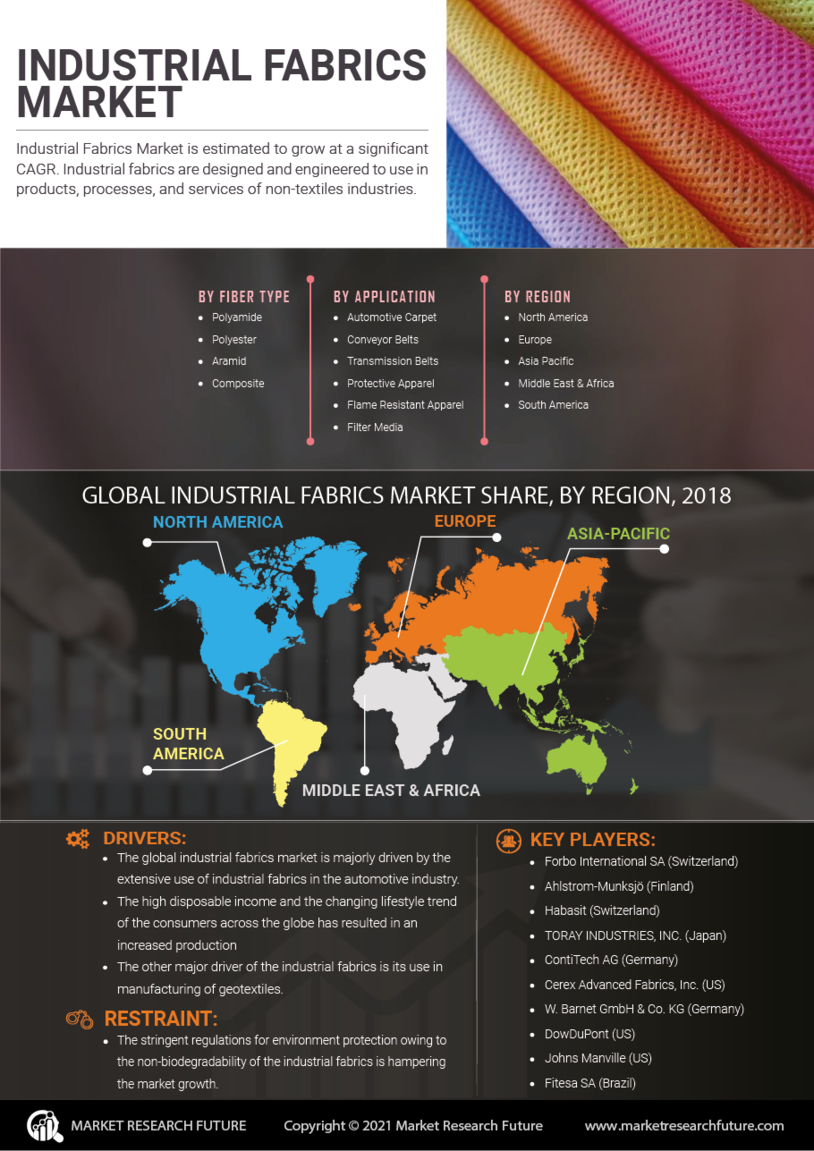

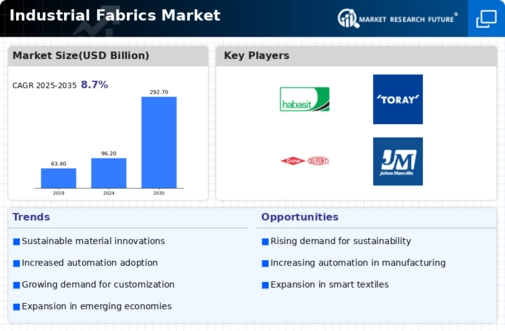
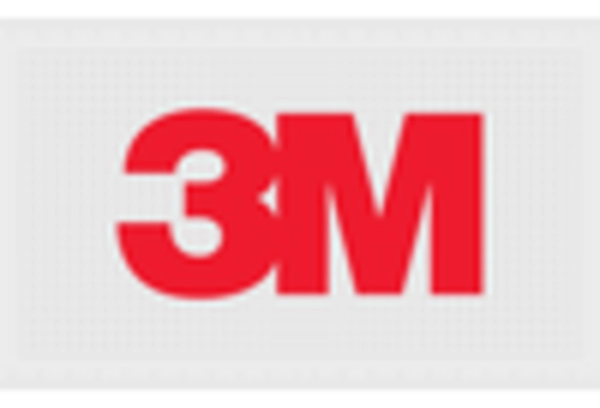
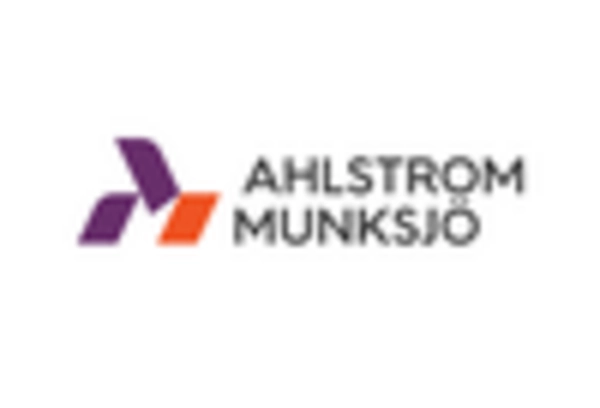
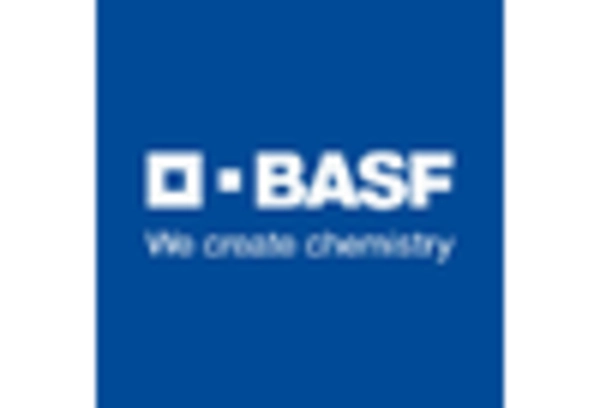
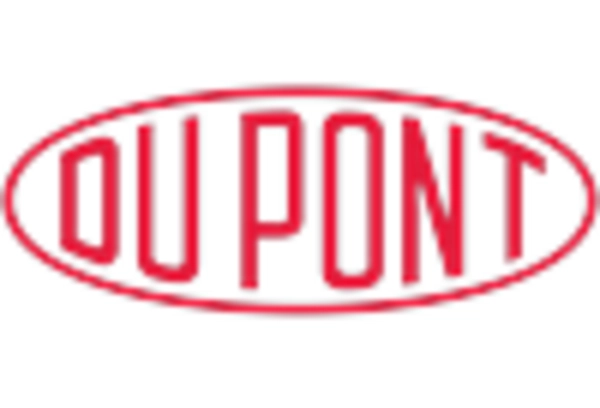










Leave a Comment